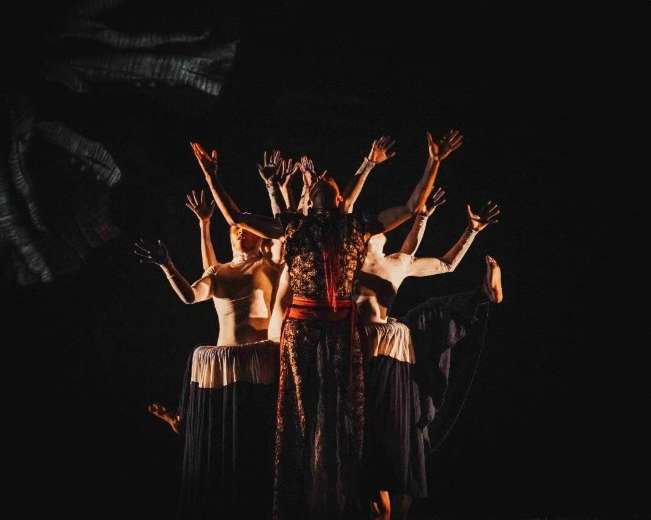荷风送香气,竹露滴清响。
Hé fēng sòng xiāngqì, zhú lù dī qīng xiǎng
The lotus spreads its fragrance in the breeze.
Dew drips on the bamboo with a clear sound.

This was how Meng Haoran, the influential Tang Dynasty civilian poet, described the scene at the height of summer in what is now Hubei province, 1,400 years ago.
Summer solstice, Xiazhi, is the 10th solar term out of 24 and falls on June 21st or 22nd. It is the longest day and the shortest night of the year in the northern hemisphere.
Another Tang Dynasty poet, the imperial bodyguard of Emperor Xuanzong, Wei Yingwu wrote:
昼晷已云极,宵漏自此长。
Zhòu guǐ yǐ yún jí, xiāo lòu zì cǐ zhǎng
Day by the sundial has reached its peak, while the night by the water clock has begun to grow.
Although the summer solstice marks the longest day of the year, it’s not the hottest day. It’s just a prelude to the 20 or 30 days of oppressive heat to come.
The summer solstice is celebrated everywhere in the world that the sun shines. In China, women exchanged gifts like fans and sachets of herbs on the day, expressing their wish for a comfortable and pleasant summer, free from the discomfort of heat rashes or mosquito bites.
In the southern parts of China, the fruit of the season is the lychee. The sweet and aromatic flesh holds the flavor of the season.
Today across the country, people eat all kinds of noodles on this day. In Beijing, everyone eats zha jiang mian, noodles with fried bean sauce. In the Yangtze basin, it's yang chun mian, thin noodles in a simple broth.
Why are noodles such a big part of the summer solstice? Some say that they just can’t resist the aroma of flour made from fresh wheat while others may say that stretched noodles represent the long hot days of summer.
Source:Xinhua News
















 京公网安备
京公网安备